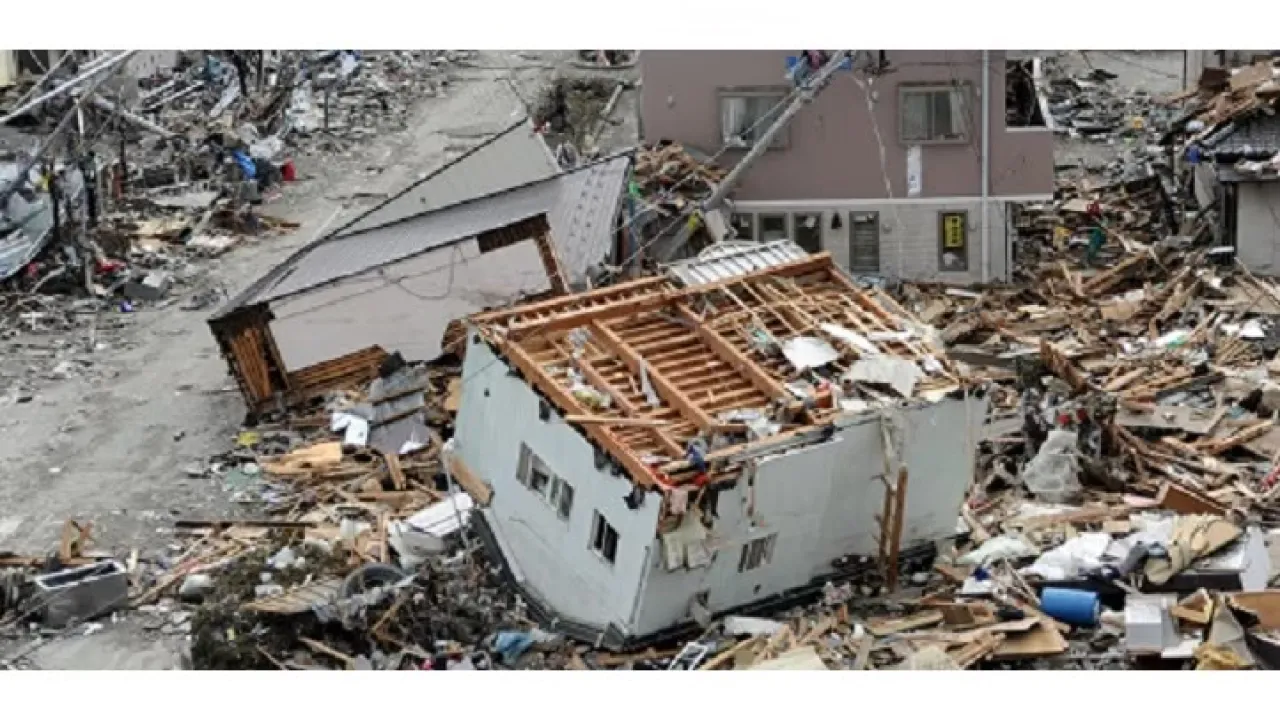
Steep learning in mathematics of big waves
A better mathematical understanding of how big waves form could lead to better prediction of tsunami impacts.
About
Predicting the behavior of big waves, such as tsunamis, is exceptionally difficult, but a new mathematical approach could give a better picture of how they develop when they approach the shore.
“When a tsunami passes from deep water onto the continental shelf from ocean depths of thousands of meters to hundreds of meters or less, part of the wave energy is reflected backward and part is transmitted forward,” explains applied mathematician David Ketcheson. “The height of the wave is determined by the amount of transmission, but the actual height is always greater than that predicted by the transmission coefficient. One of the motivations for this work was to give a straightforward explanation of this discrepancy.”
The challenge arises because the edge of the continental shelf is not a sharp drop-off, but a steep slope that acts like a zone of gradual change. This is difficult to model because the reflection and transmission coefficients change incrementally as the wave moves across the upward slope. A mathematical principle called Green’s law can be used to capture the overall effect of this changing behavior when the continental slope is very gentle and the width of the slope region is large compared to the wave’s wavelength; but even this fails to accurately predict wave heights in complex real-world settings typified by neither gentle nor sharp slopes.
Ketcheson, working with Jithin George from Northwestern University and Randall LeVeque from the University of Washington, took another look at the shape of the edge of the continental shelf to explore whether a different mathematical approach could yield better results without resorting to a full numerical simulation based on detailed ocean floor bathymetry.
“In our analysis, we view this region as comprising infinitely many tiny interfaces, each of which leads to a tiny amount of reflection,” says Ketcheson. “Each reflection leads to additional reflections as it traverses backward, and each of those leads to further reflections, and so forth. To predict the shape and size of the developing waves, we need to keep track of the infinitely many paths that traverse the region over the continental slope.”
Read the full article
